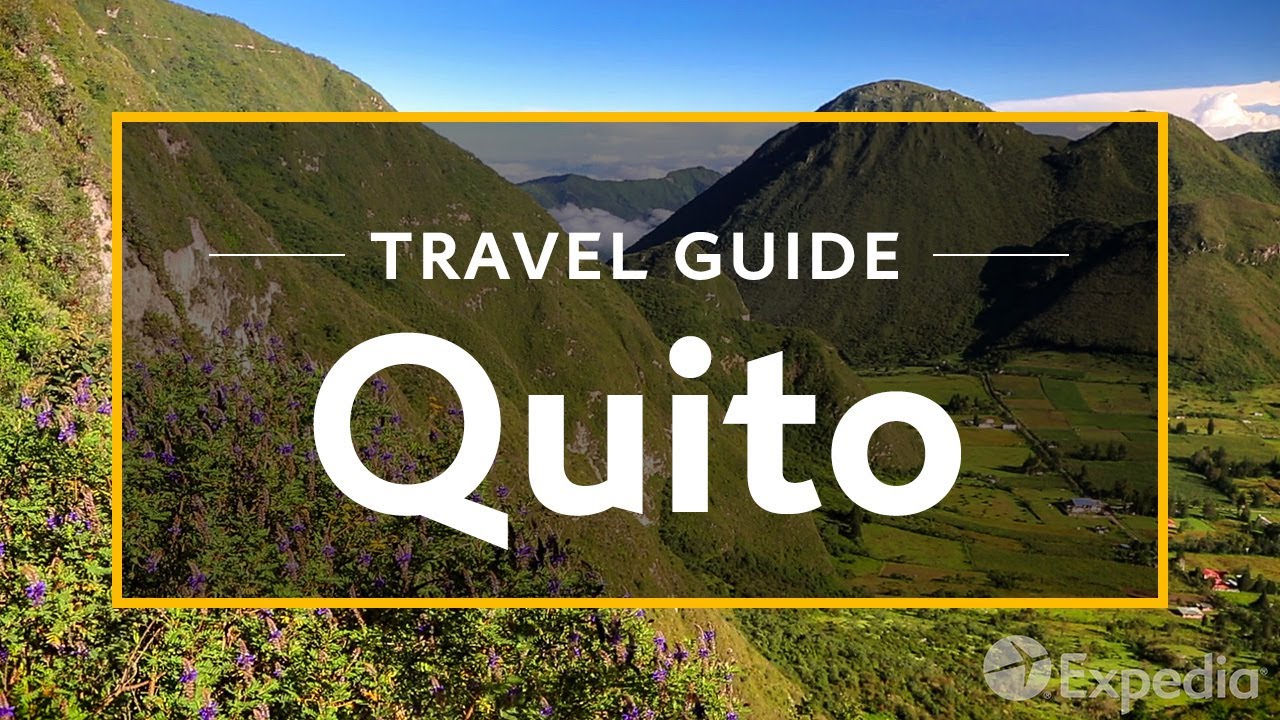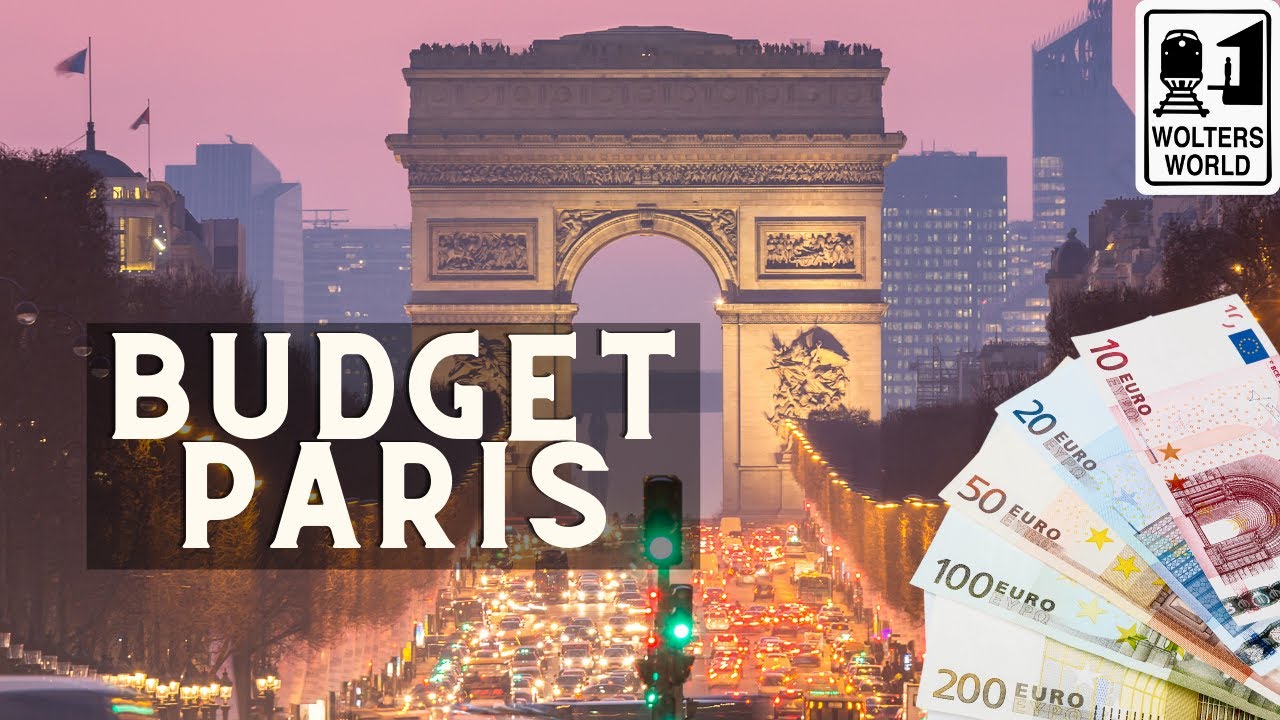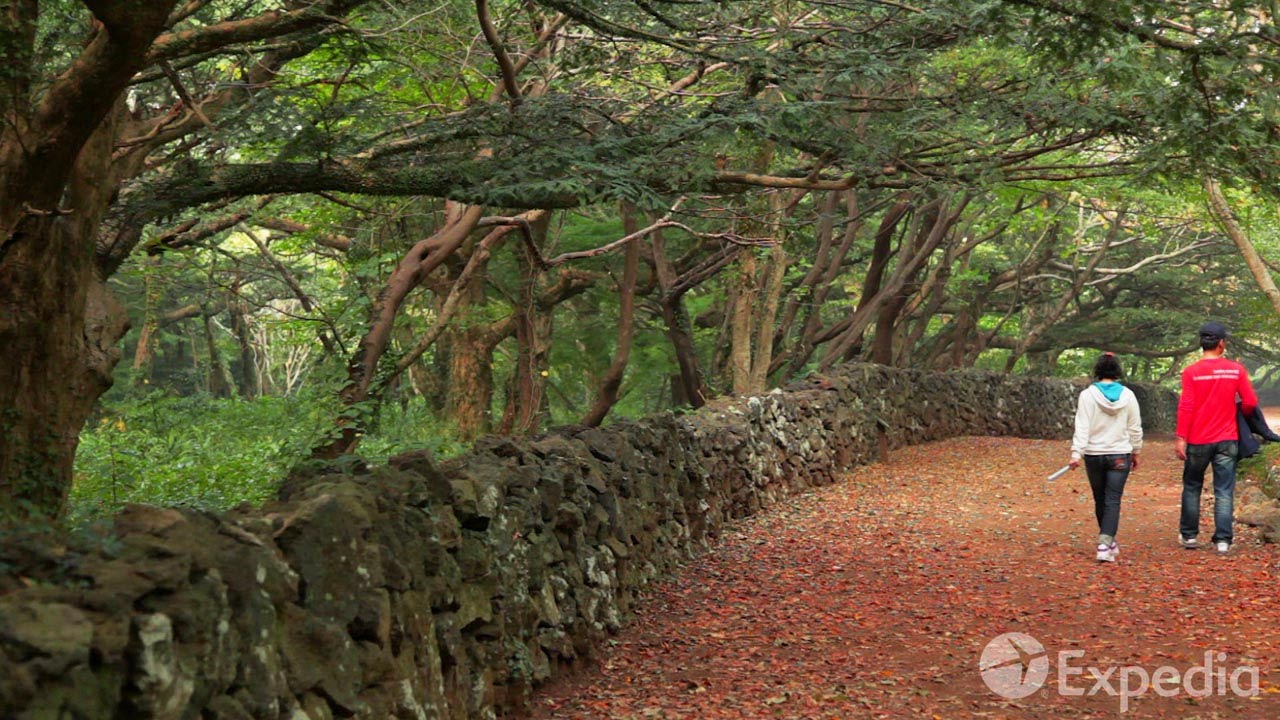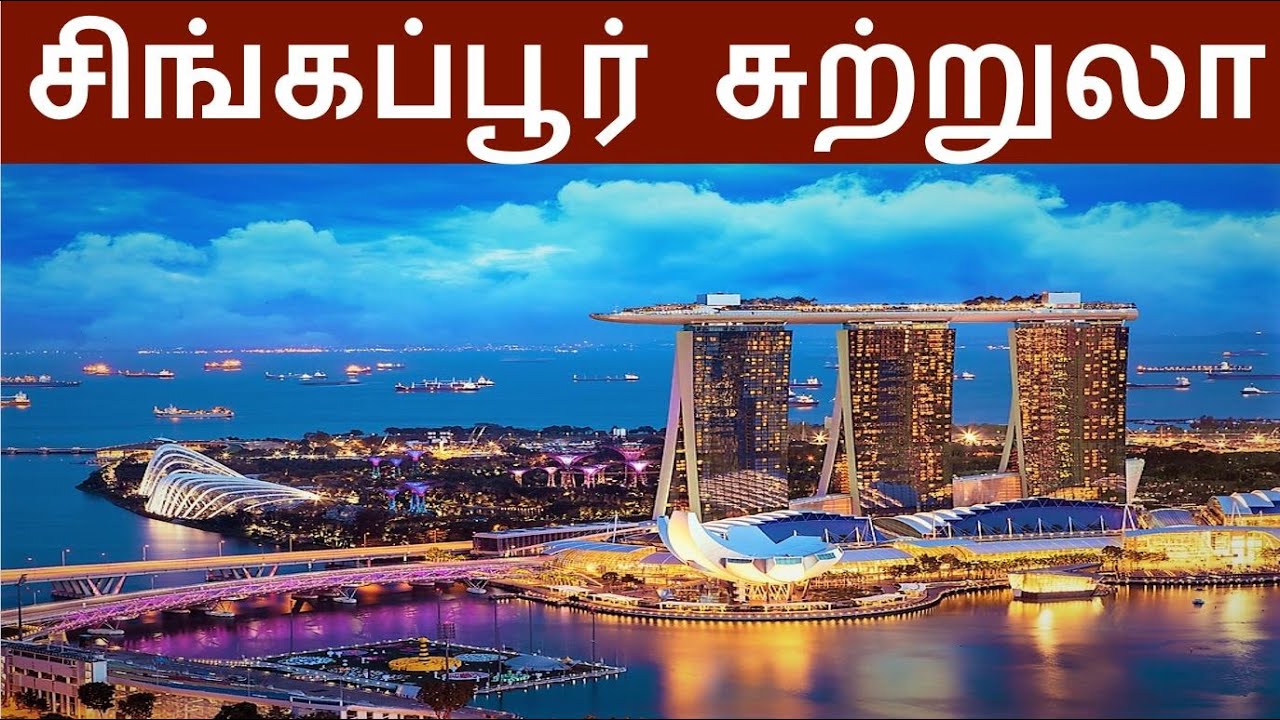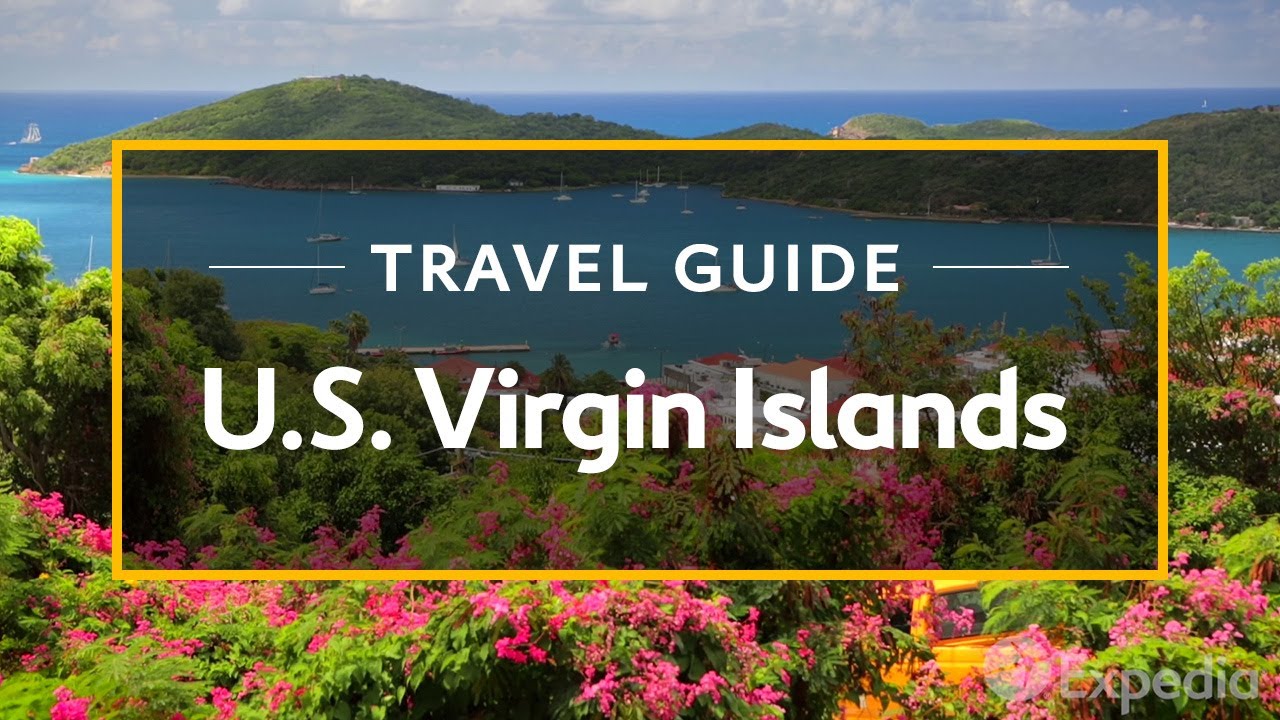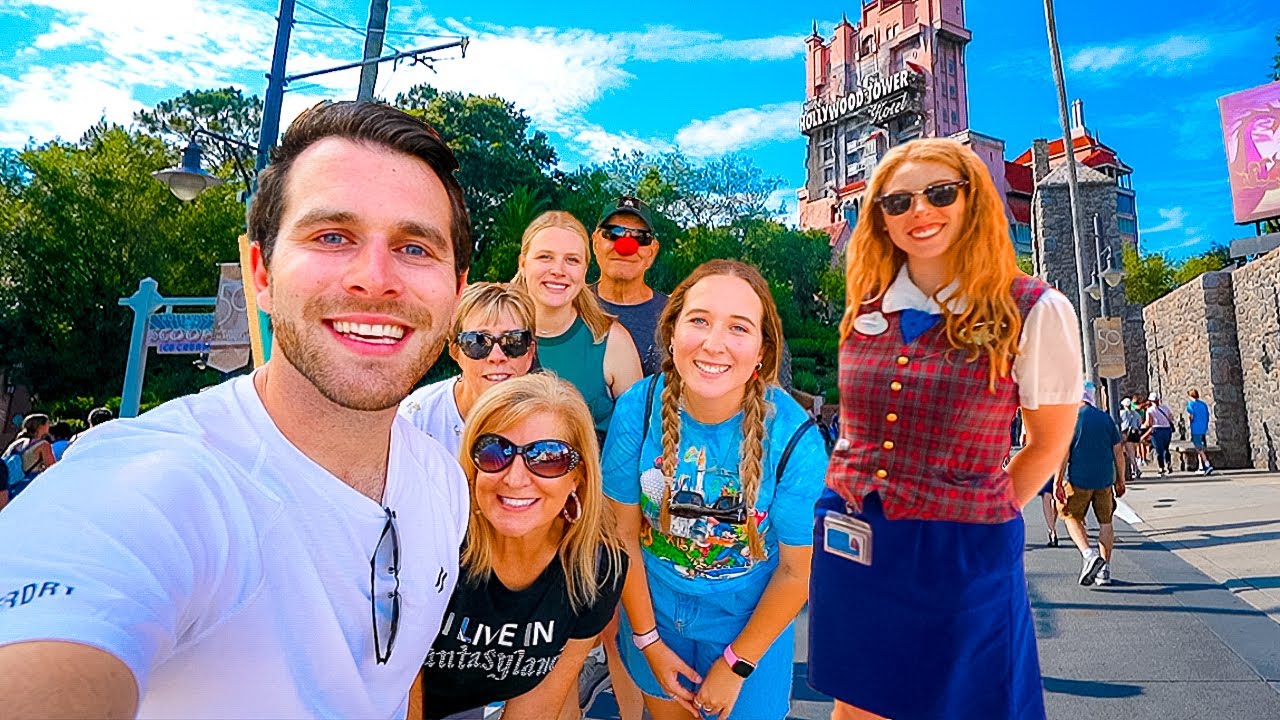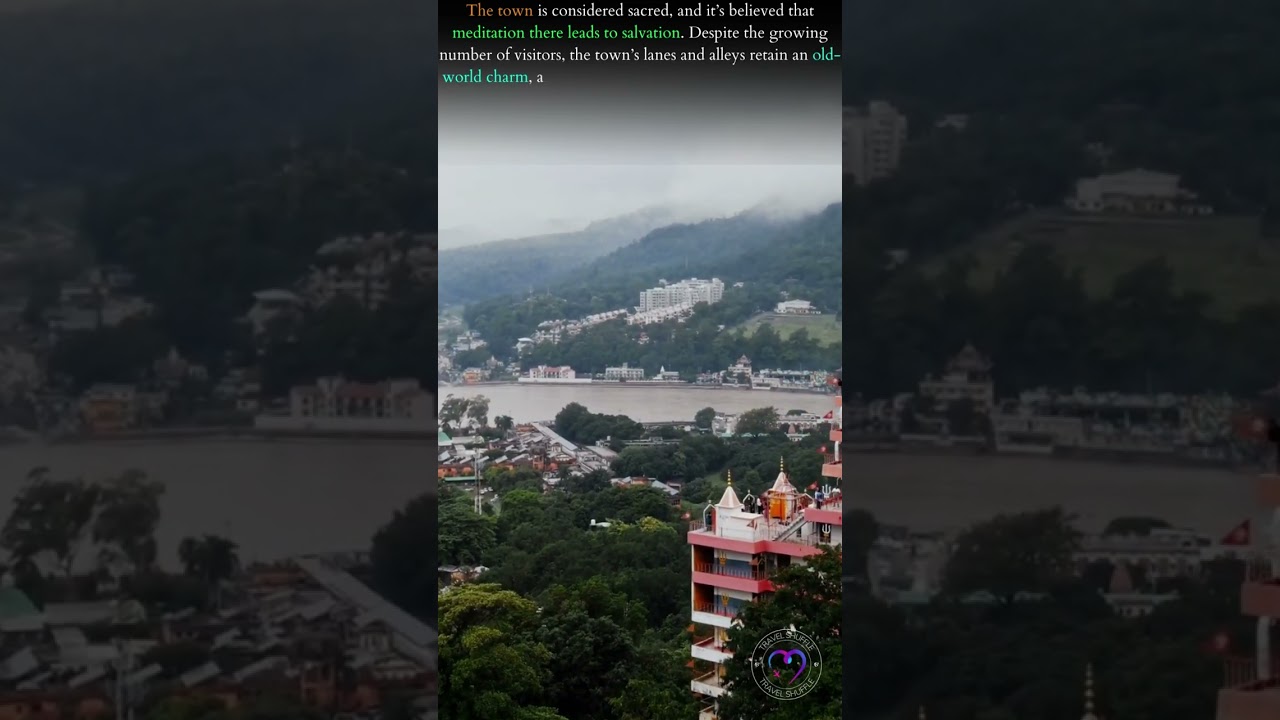As of 2022, Finland has been ranked the happiest country in the world five years in a row
Helsinki is known for its lovely architecture, world-famous design, and for being the happiest city in the world. Let’s explore the city and see if it’s true.
As of 2022, Finland has been ranked the happiest country in the world for five years in a row, and Helsinki was named the happiest city in the world in 2020 and the top city for a happy retirement in 2021.
But why is that? Finland isn’t typically known for its happy people; it’s more famous for saunas, vodka, and its cold climate.
The Finnish melancholy is a real thing—people are reserved and don’t express much feeling, and the suicide rate is the second highest in the Nordics. It doesn’t sound like a happy place, does it? But things aren’t always what they seem.
The Finnish people seem to have a deep contentment with life. They may not always show it, but they often feel happy.
In Finnish culture, it’s frowned upon to show too much happiness. Happiness isn’t just about having a big smile on your face all the time.
The Finnish apparently feel a great contentment with their society, which prioritizes the public good.
There is also a high value on work-life balance, spending time with loved ones, and appreciating nature.
Maybe happiness isn’t about being constantly joyful, but about not having too much to complain about.
Finland has its problems, but the Finnish are proud and progressive people who try to address these issues, which might explain why Finland is so happy and why Helsinki is the happiest city in the world.
There’s a lot to see and do in Helsinki. The first thing that strikes you is the city’s beauty, especially Helsinki Cathedral.
Built in the mid-19th century, it was originally called Saint Nicholas’s Church in honor of Tsar Nicholas I of Russia. It was renamed Helsinki Cathedral in 1917 when Finland gained independence from Russia.
The Uspensky Cathedral, another church built during the Russian annexation, was for the Orthodox Church. Unlike Helsinki Cathedral, it wasn’t renamed in 1917.
Helsinki’s architecture is lovely, with both historic and contemporary buildings. Architect Alvar Aalto designed some of the most impressive modern buildings, like the Finlandia Hall, though it’s currently under renovation.
Finnish design is world-famous, especially if you’re into Nordic minimalism. For a warm summer day, take a stroll along the Esplanade Park, locally called Espa, which opened in 1818 and has expanded over the years with more public art.
In 1999, the first of the new Helsinki model city toilets were added here, a quirky piece of trivia.
Helsinki isn’t a huge city, but it feels bustling and alive, especially around the Esplanade. If the architecture and city vibes aren’t enough to make you happy, Helsinki offers a lot more: music, culture, and exciting attractions.
Korkeasaari Zoo is one of the few places in the Nordics where you can see fennec foxes. Linnanmäki is a small amusement park with surprisingly cool rides.
Finnish food can be an acquired taste, but there are special treats to be found. One of my favorites is karjalanpiirakka, a simple rye dough filled with leftover rice porridge, served with a mix of butter and eggs. It’s delicious, trust me.
A must-try in Helsinki is a Finnish sauna. Visit Löyly, a combined spa, sauna, and restaurant, or the Allas Sea Pool in Helsinki harbor, where you can swim in the Baltic Sea and enjoy a sauna. Finns love their saunas, and who doesn’t?
Helsinki is a great place with marvelous architecture and an excellent way of life.
However, it hasn’t always been this good. Founded in 1550, it’s been the capital of Finland since 1812.
Known as the “Daughter of the Baltic,” its central position in the Baltic Sea makes it close to Tallinn, Estonia, Saint Petersburg, Russia, and across from the Åland Islands and Stockholm, Sweden. Helsinki’s history is intertwined with the histories of these neighboring countries.
More than 600,000 people live in Helsinki today, but it wasn’t very big in the 16th and 17th centuries. Things changed with the construction of the maritime fortress Suomenlinna in the mid-18th century by the Swedes to protect against Russia.
However, it didn’t work as planned, and Russia took over Finland in 1809, maintaining control until Finland gained independence in 1917. Suomenlinna is now a residential area, and people live in the old barracks. The area is filled with hills and cannons, known as Gustav’s Sword.
Finland has had a troubled past, first belonging to Sweden, then Russia, but since 1917 it has grown fiercely independent and apparently happy. Helsinki is a lovely city with a lot to like, but it may not have the most spectacular attractions to explain why it’s the happiest city in the world.
Perhaps it’s not about being the most fun city but about being the most content city, where true happiness lies.
I hope you enjoyed this quick look at Helsinki, the Daughter of the Baltic and the happiest city in the world. Like and subscribe, and most importantly, have a great day!


